Currency and International Markets – Learn How Money Moves Across Borders
When most new investors think about markets, they picture local companies, stock exchanges, or industries within their own country. But the reality is that no market exists in isolation. Currencies and international markets are deeply interconnected, shaping how trade flows, how investments are valued, and how entire economies perform.
Every time goods cross borders, services are exported, or investments move from one country to another, currency plays a critical role. A strong currency can make imports cheaper but weaken exports, while a weak currency often boosts exports but increases the cost of imports. At the same time, global money flows—from foreign investors, trade surpluses, or commodity price shifts—can change the outlook of entire economies.
For investors, ignoring the role of currencies and global markets is like reading only one page of a book. To build smarter portfolios, you need to understand how money moves across borders and why that movement matters.
The Basics of Currency in Global Trade
Exchange Rates and Competitiveness
At its simplest, the value of a currency determines how expensive or cheap a country’s goods and services are compared to others.
Strong Currency: If the U.S. dollar strengthens, American consumers can buy foreign goods more cheaply. But for exporters, selling U.S. goods abroad becomes harder because they look more expensive to foreign buyers.
Weak Currency: If the Indian rupee weakens, Indian exporters become more competitive globally because their products cost less in foreign markets. However, importing machinery or oil becomes more expensive.
This constant push and pull is why exchange rates are closely monitored by governments, businesses, and investors worldwide.
Currency and Investment Flows
Money doesn’t just move with goods and services—it also flows where investors see opportunity.
Foreign Direct Investment (FDI): When companies build factories, offices, or partnerships abroad, they bring currency into that economy.
Portfolio Investments: When investors buy stocks or bonds in another country, they must first exchange their local currency for the foreign one, impacting exchange rates.
For example, if foreign investors pour money into India’s stock market, demand for the rupee rises, often strengthening it. Conversely, if investors exit, the rupee weakens.
These flows can dramatically shift market sentiment. A strong inflow signals confidence in the economy, while outflows can trigger market declines.
Currency and Commodities
Currencies and commodities are closely linked because raw materials like oil, gold, and copper are traded globally—usually in U.S. dollars.
Resource-Rich Economies: Countries like Saudi Arabia, Russia, or Brazil benefit when commodity prices rise, strengthening their currencies.
Resource-Poor Economies: Importers of oil or metals, like India or Japan, suffer from higher import bills when prices rise, which can weaken their currencies.
Gold, often called a “safe haven,” plays a unique role. In times of global uncertainty, investors buy gold, which drives up its price. This often coincides with a weaker dollar and shifting currency dynamics.
Currency, Central Banks, and Interest Rates
Central banks also play a major role in shaping currency values through interest rate policies.
Higher interest rates attract foreign investors looking for better returns, strengthening the currency.
Lower interest rates make borrowing cheaper domestically but may weaken the currency as capital flows elsewhere.
The U.S. Federal Reserve, European Central Bank, and Reserve Bank of India often set the tone for markets globally. A single announcement on interest rates can send currencies, stocks, and commodities moving in minutes.
International Markets: Why Investors Must Pay Attention
Understanding international markets means looking beyond your home country.
- Diversification: Investing across countries reduces the risk of being tied to one economy’s performance.
- Growth Opportunities: Emerging markets often grow faster than developed economies, offering higher returns.
- Global Shocks: Events like the European debt crisis, Brexit, or China’s slowdown ripple across global markets.
Ignoring global dynamics is dangerous because capital today moves faster than ever. A policy change in the U.S. or a slowdown in China can affect portfolios worldwide.
Case Studies: Currency in Action
Case 1: The U.S. Dollar as the World’s Reserve Currency
The dollar is used in more than 80% of international trade settlements. When the dollar strengthens, countries with dollar-denominated debt (like many emerging markets) face higher repayment costs. This often leads to financial stress in weaker economies.
Case 2: The Japanese Yen as a Safe-Haven Currency
During global crises, investors often rush to the yen, strengthening it regardless of Japan’s own economic performance. This is because Japan is viewed as stable, making the yen a safe place to park money.
Case 3: India’s Rupee and Oil Prices
India imports most of its crude oil. When global oil prices rise, demand for dollars increases to pay for imports, weakening the rupee. Investors who understand this relationship can anticipate how Indian markets might react.
Risks in Currency and International Investing
Investing internationally offers opportunities but also unique risks:
Currency Risk: Even if a foreign stock performs well, unfavorable exchange rate moves can reduce returns.
Geopolitical Risk: Wars, sanctions, and political instability often cause sudden shifts in currencies.
Regulatory Risk: Different countries have unique rules and tax laws affecting investments.
For beginners, managing these risks often means starting small with global exchange-traded funds (ETFs) or mutual funds rather than directly investing in foreign stocks.
Practical Steps for Beginners
At YourPaathshaala, we make global investing simple to understand:
- Start with awareness – Track how currency exchange rates move daily and link them to news headlines.
- Follow global events – Notice how elections, wars, or central bank meetings affect both currencies and stock markets.
- Diversify – Don’t keep your investments tied only to one economy; use global funds for exposure.
- Think long term – Currency fluctuations are normal; focus on big-picture trends like demographic growth or technological innovation.
Conclusion: Learning to See the Bigger Picture
Currency and international markets are like the hidden wiring of the global economy. They may seem invisible at first, but they determine how money flows, how trade works, and how investments perform. A strong currency benefits some sectors, a weak one benefits others, while global capital flows and commodity prices shift fortunes across nations.
For investors, the lesson is clear: you cannot just look at your local market and ignore the world. Understanding how currencies and international markets interact gives you the tools to make better, smarter, and more resilient investment decisions.
At YourPaathshaala, we specialize in breaking these concepts into simple, practical lessons that beginners can grasp. By joining our demo classes, you’ll not only learn about local investing but also see how the global financial system connects together—helping you prepare for opportunities beyond borders.
Visit YourPaathshaala
Near Anjali Children Hospital, Tagore Nagar, Mathpurena, Raipur
PIN Code: 492001, Chhattisgarh Click the Call Now to start learning how financial systems really work! To check out the full article click here!



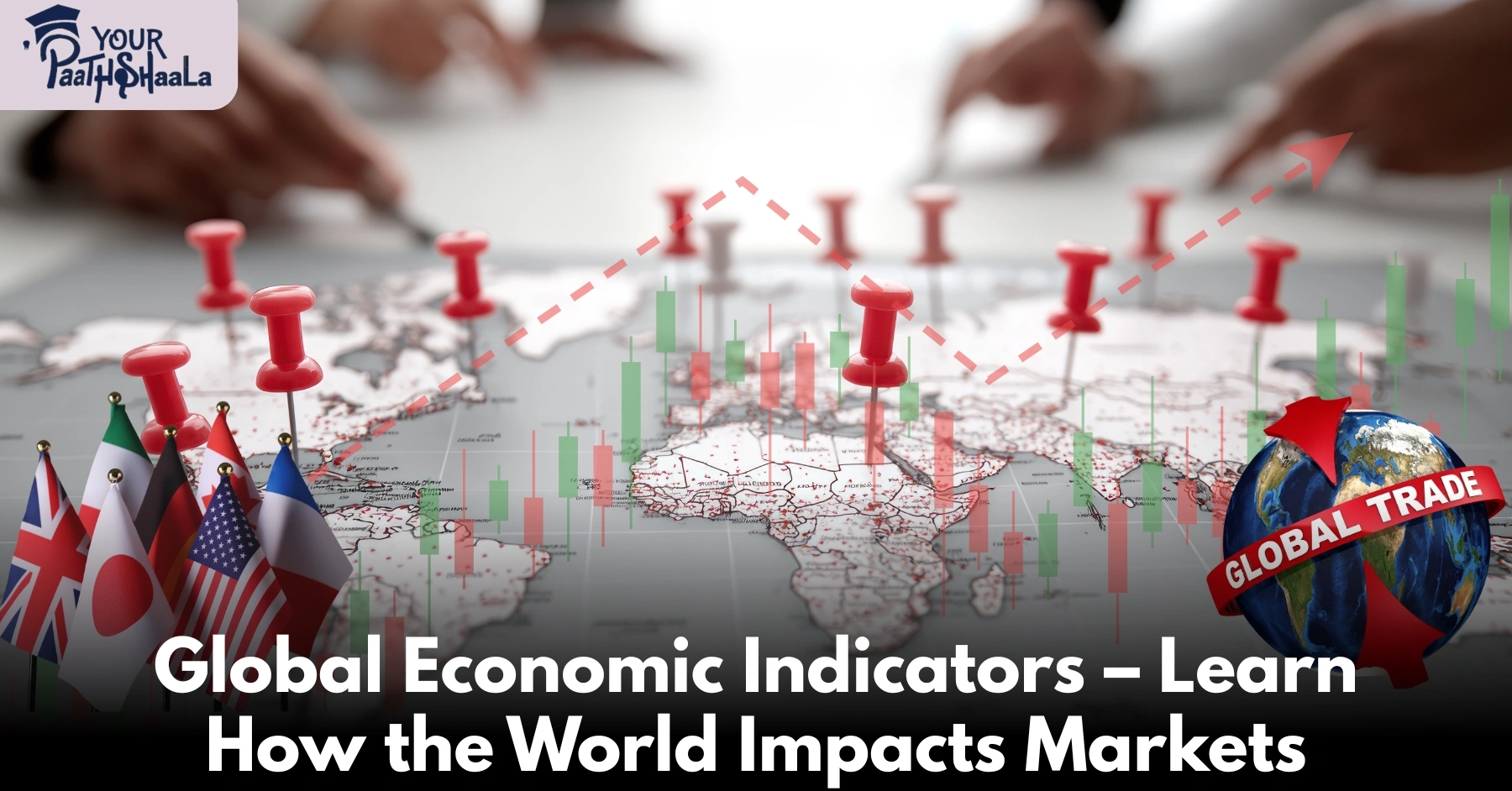
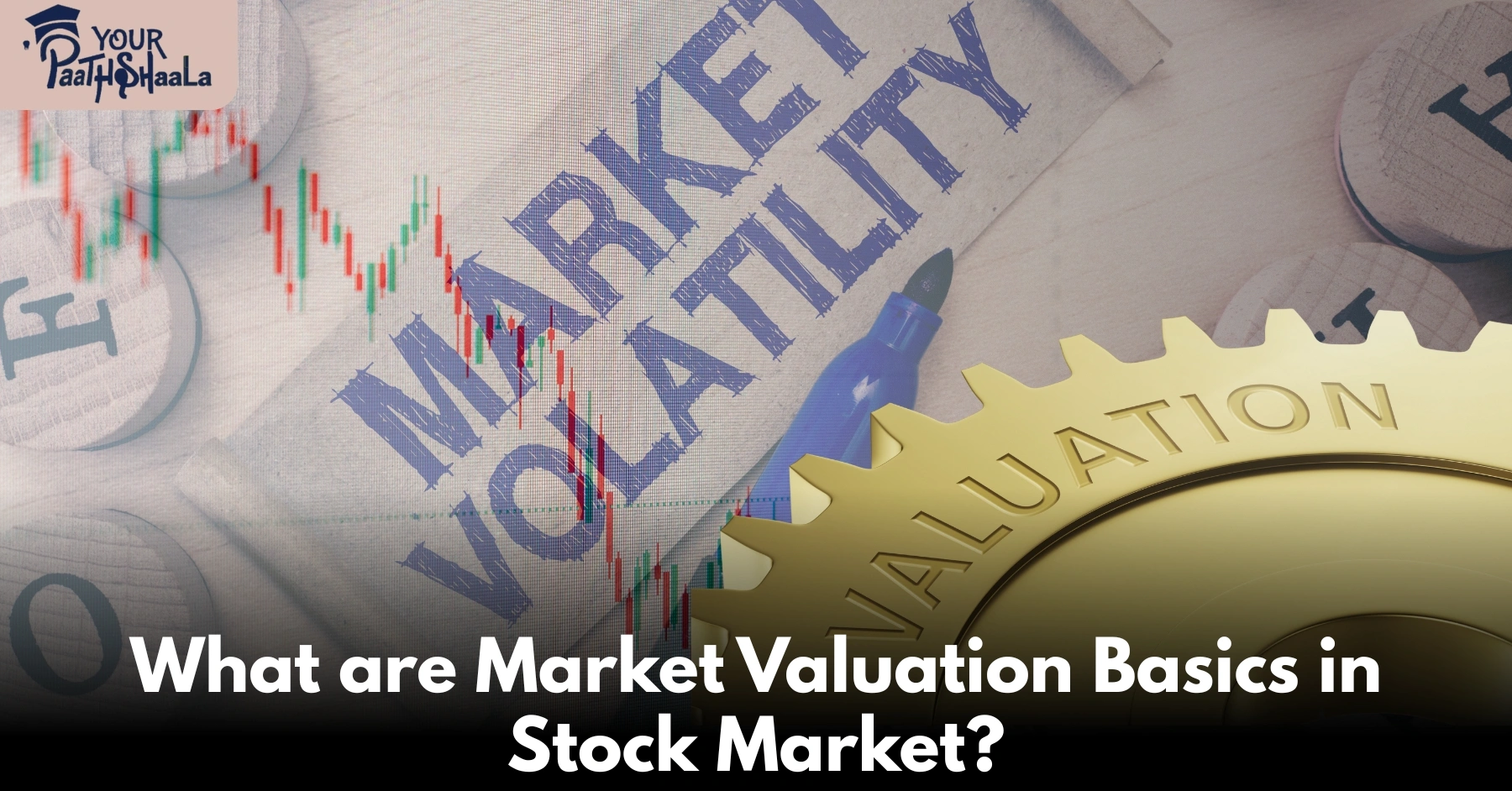
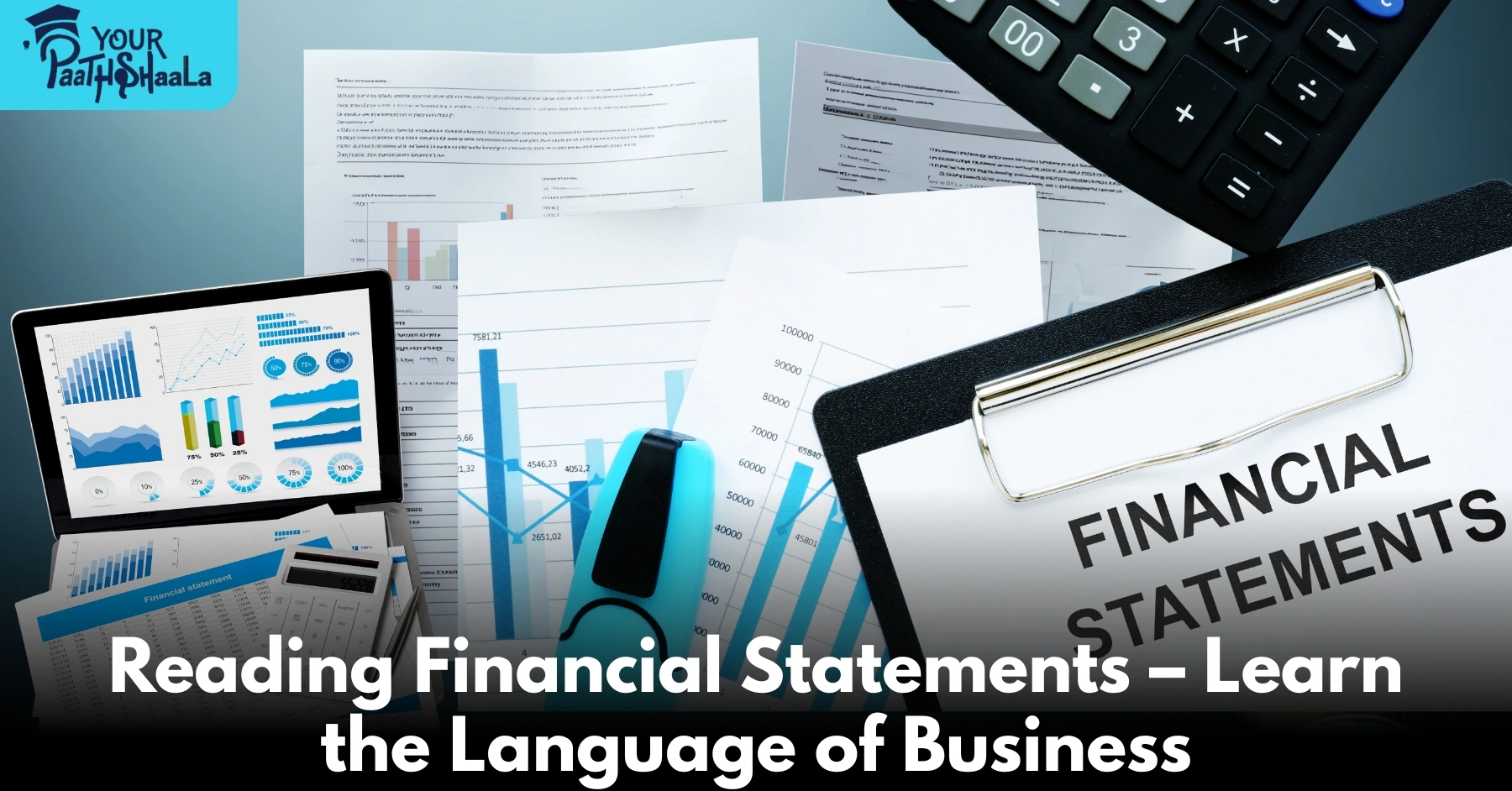
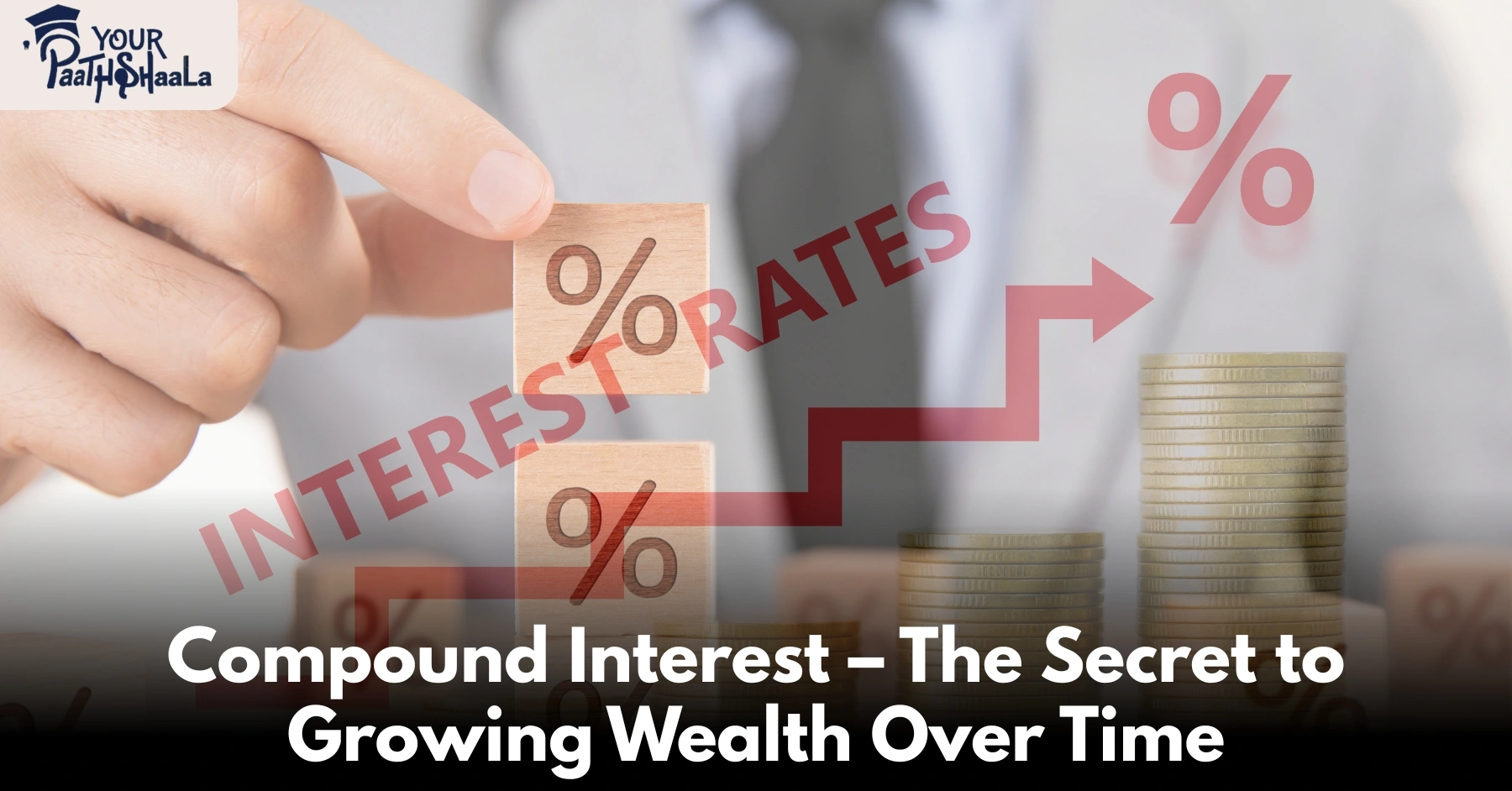
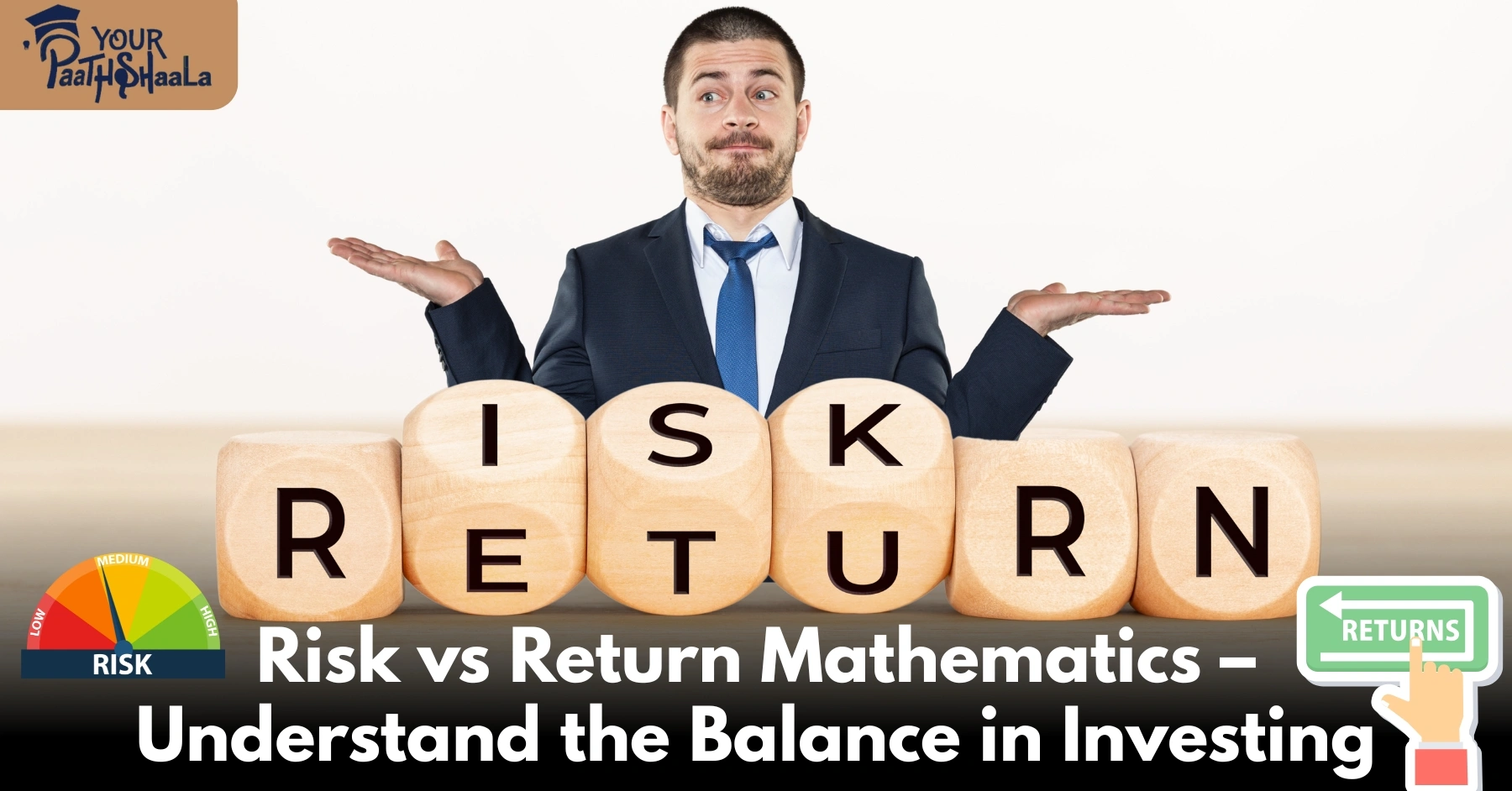
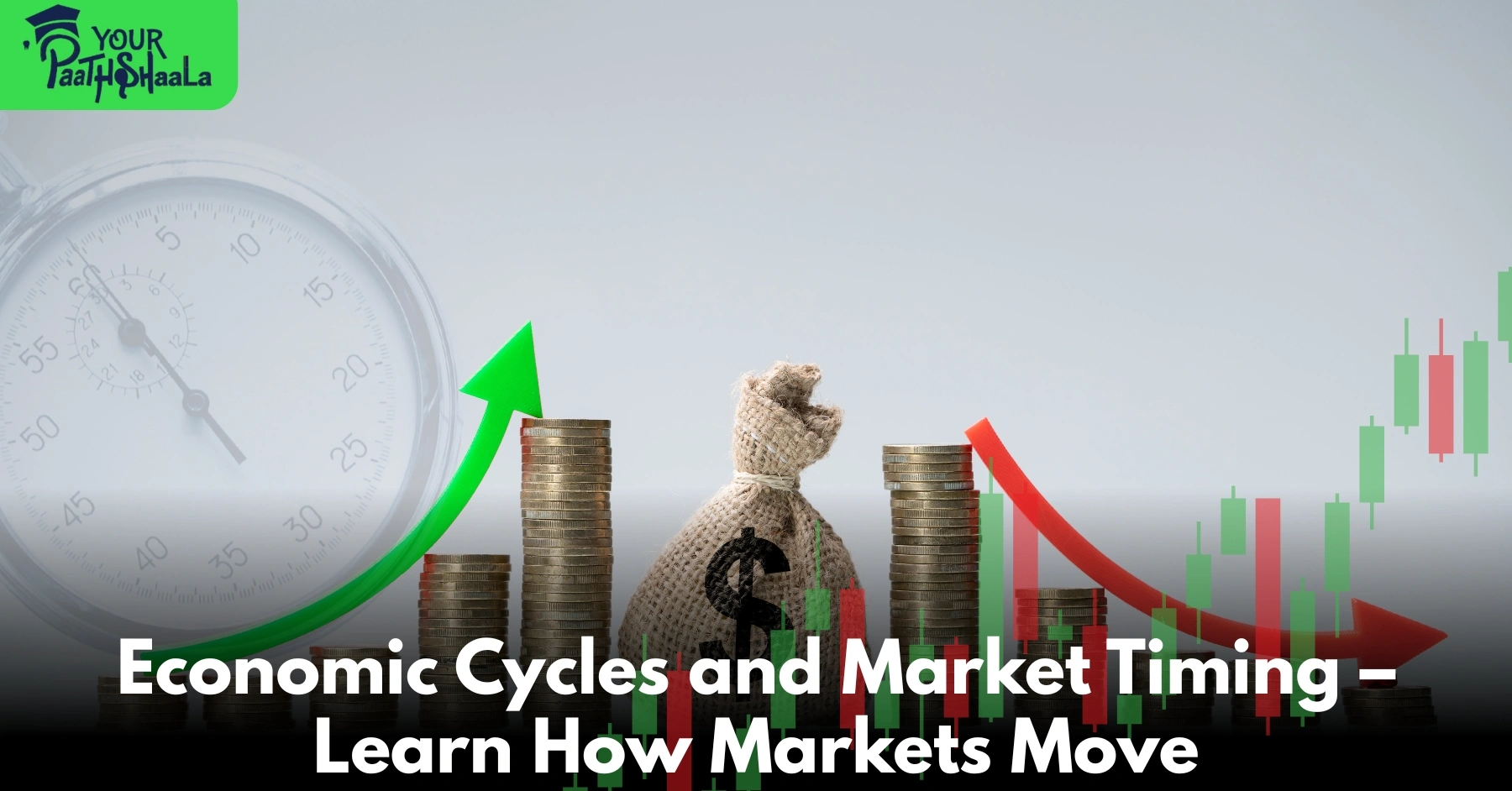



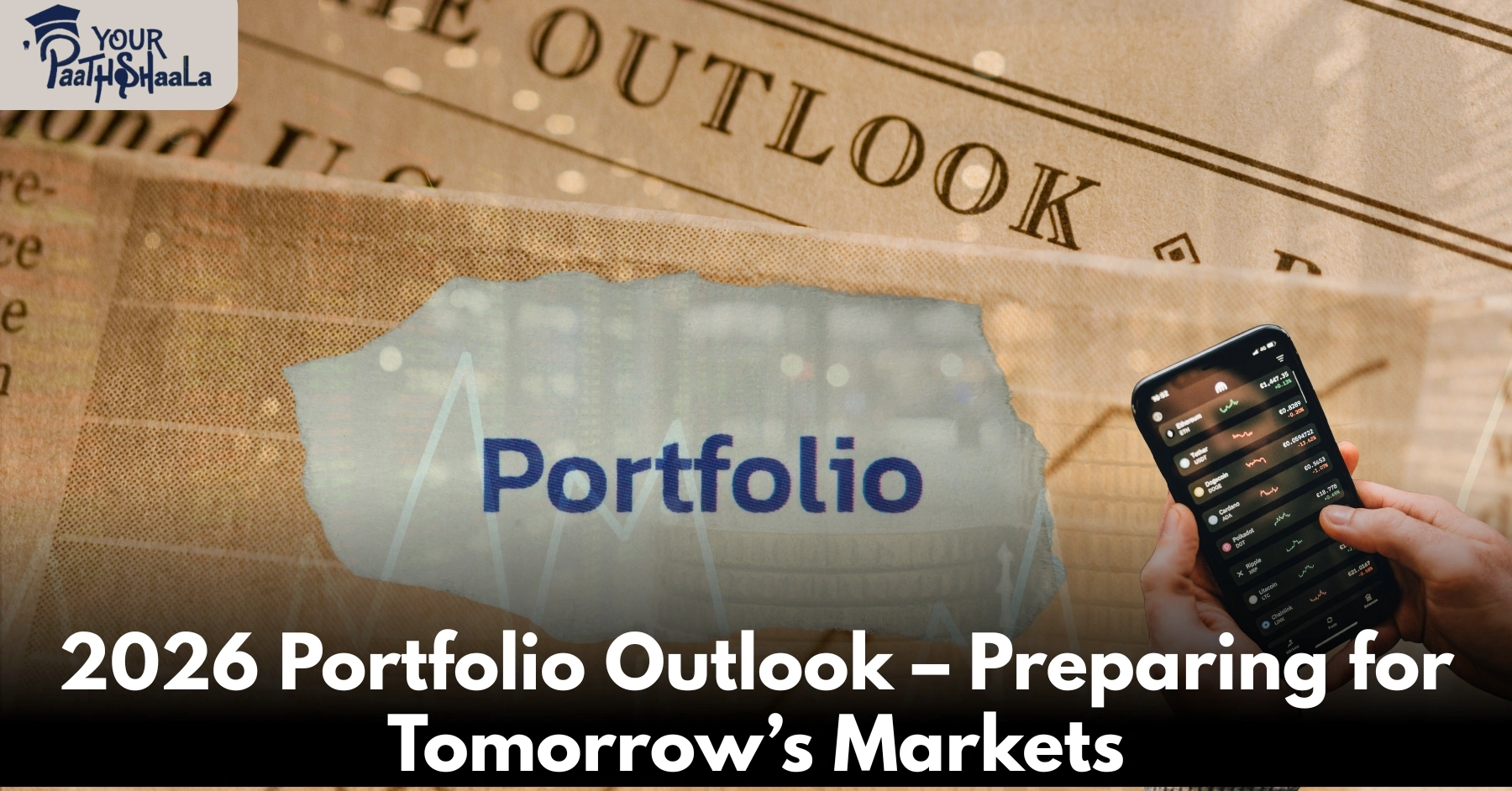
Add a Comment